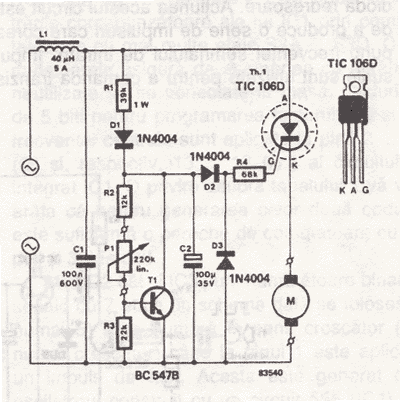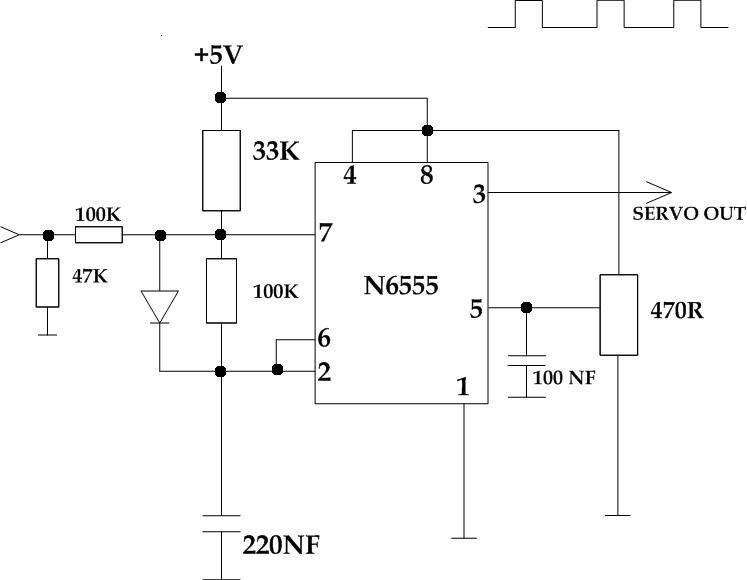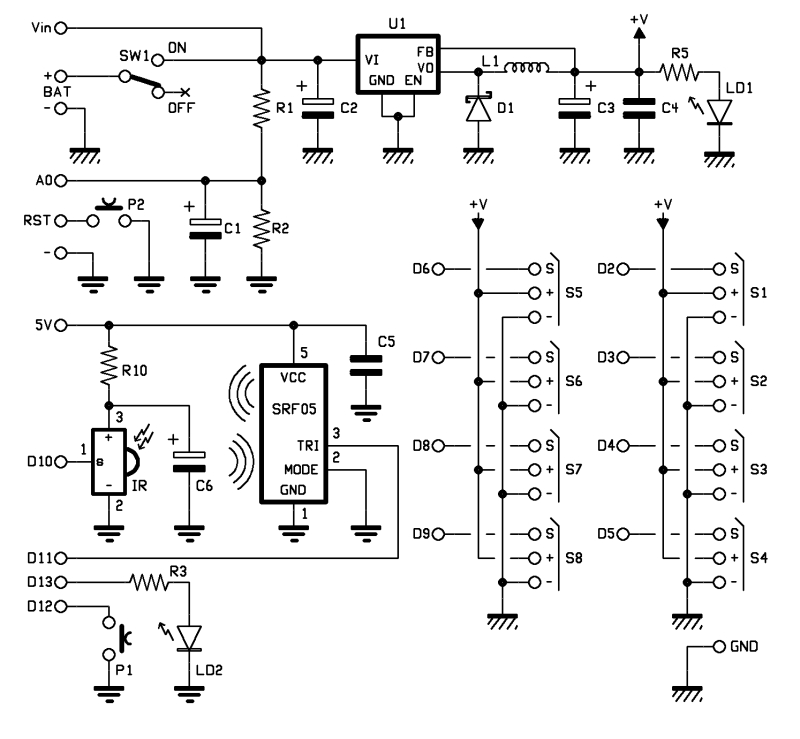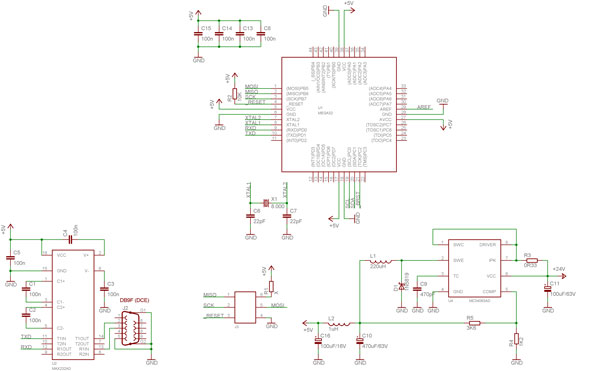
Appliance Remote Control Arduino Project
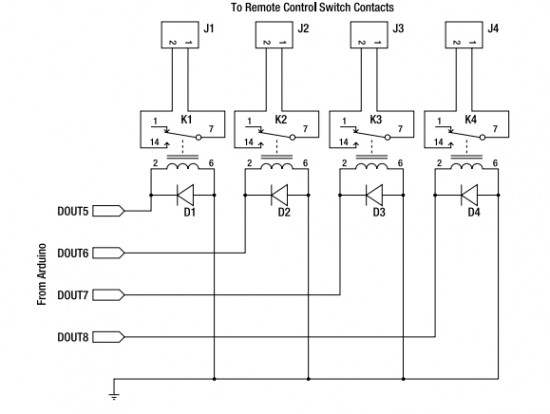
Starting today, interesting Arduino projects from various sources will be shared. The author is a novice in this field but is committed to understanding it fully. It should be noted that the projects are not developed by the author, and links to the original sources will be provided. This Arduino project utilizes a general-purpose appliance remote control that can be purchased.
The described Arduino project involves utilizing a general-purpose appliance remote control to interface with an Arduino microcontroller. The primary objective is to create a system that can respond to signals emitted by the remote control, allowing users to control various devices or systems through their existing remote.
The circuit typically consists of an Arduino board, such as the Arduino Uno or Nano, connected to an infrared (IR) receiver module. The IR receiver captures the signals sent by the remote control, which are then decoded by the Arduino using a library such as the IRremote library. This library facilitates the interpretation of the signals, allowing the Arduino to understand which button was pressed on the remote.
To set up the circuit, the IR receiver module is connected to the Arduino board. The VCC pin of the IR receiver is connected to the 5V pin on the Arduino, the GND pin is connected to the ground, and the output pin of the IR receiver is connected to a digital input pin on the Arduino, commonly pin 2.
In the Arduino sketch, the code initializes the IR receiver and listens for incoming signals. When a button on the remote is pressed, the corresponding signal is captured and decoded. Based on the decoded signal, the Arduino can be programmed to perform specific actions, such as turning on an LED, activating a relay to control a larger appliance, or sending a signal to another device.
This project is an excellent starting point for beginners to learn about infrared communication, microcontroller programming, and integrating hardware components. It demonstrates fundamental concepts such as signal processing, input/output control, and the versatility of Arduino in creating interactive electronic systems.Starting from today I will try to post interesting Arduino projects from around the web. I am novice in this domain but I am giving my best to fully understant it. I must say from the begining that the projects are not developed by me and I will link the original source. This Arduino project uses a general-purpose appliance remote control that you can buy f.. 🔗 External reference
The described Arduino project involves utilizing a general-purpose appliance remote control to interface with an Arduino microcontroller. The primary objective is to create a system that can respond to signals emitted by the remote control, allowing users to control various devices or systems through their existing remote.
The circuit typically consists of an Arduino board, such as the Arduino Uno or Nano, connected to an infrared (IR) receiver module. The IR receiver captures the signals sent by the remote control, which are then decoded by the Arduino using a library such as the IRremote library. This library facilitates the interpretation of the signals, allowing the Arduino to understand which button was pressed on the remote.
To set up the circuit, the IR receiver module is connected to the Arduino board. The VCC pin of the IR receiver is connected to the 5V pin on the Arduino, the GND pin is connected to the ground, and the output pin of the IR receiver is connected to a digital input pin on the Arduino, commonly pin 2.
In the Arduino sketch, the code initializes the IR receiver and listens for incoming signals. When a button on the remote is pressed, the corresponding signal is captured and decoded. Based on the decoded signal, the Arduino can be programmed to perform specific actions, such as turning on an LED, activating a relay to control a larger appliance, or sending a signal to another device.
This project is an excellent starting point for beginners to learn about infrared communication, microcontroller programming, and integrating hardware components. It demonstrates fundamental concepts such as signal processing, input/output control, and the versatility of Arduino in creating interactive electronic systems.Starting from today I will try to post interesting Arduino projects from around the web. I am novice in this domain but I am giving my best to fully understant it. I must say from the begining that the projects are not developed by me and I will link the original source. This Arduino project uses a general-purpose appliance remote control that you can buy f.. 🔗 External reference


